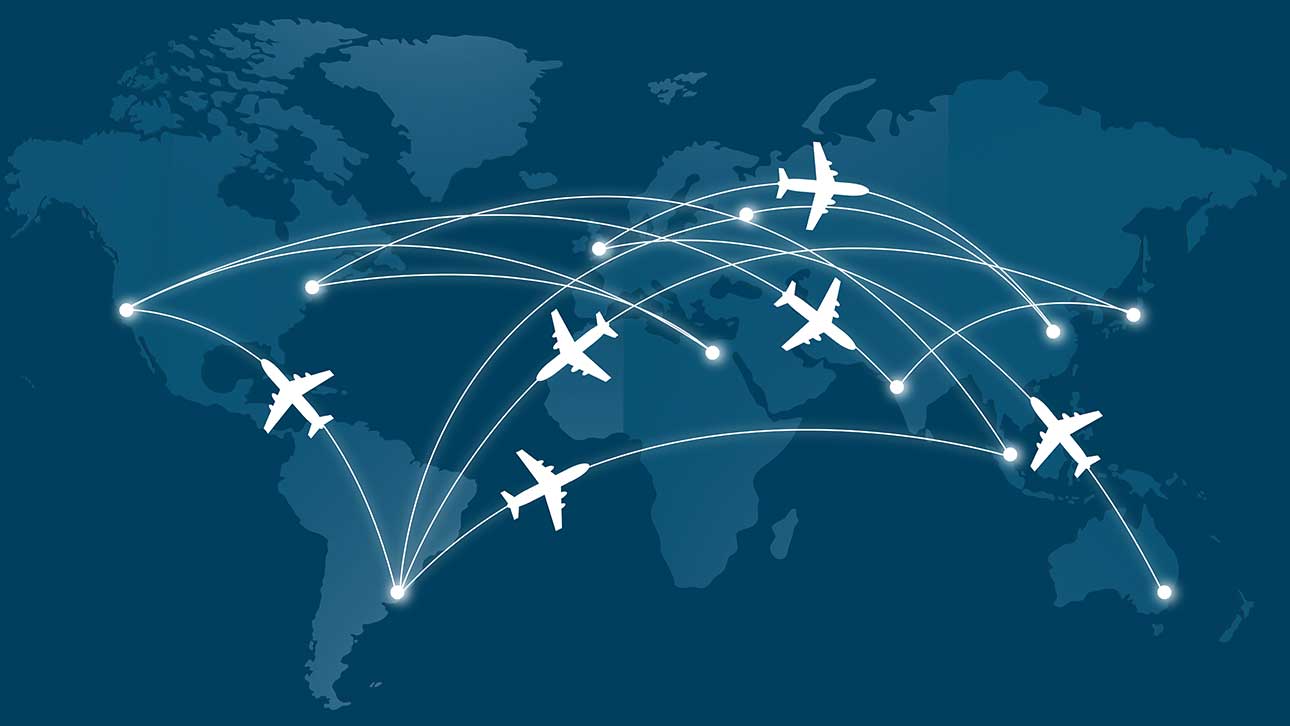
In an age where GPS and digital maps dominate, the art of navigating with a compass has become a lost skill. Yet, there’s something undeniably empowering about knowing how to find your way using just this simple tool.
Whether you’re hiking through forests, wandering across vast landscapes, or just trying to disconnect and immerse yourself in nature, learning how to use a compass can unlock a deeper connection to the world and your sense of direction. Let’s explore how mastering this skill can lead you to new adventures, and how with just a few tips, you’ll never have to worry about losing your way.
1. Understand the Basics of a Compass
The first step to mastering a compass is understanding its parts. A compass consists of a magnetic needle that aligns itself with the Earth’s magnetic field, pointing to magnetic north. Here’s what you need to know:
- Compass Needle: Always points to magnetic north.
- Baseplate: The flat part of the compass that often includes a ruler for measuring distances on a map.
- Direction of Travel Arrow: Points in the direction you’re walking.
- Rotating Bezel (Compass Housing): The circle you turn to set your bearing.
- Orienting Arrow and Lines: Help align your map with the compass.
Once you understand these parts, you’ve taken your first step in using a compass effectively.
2. Learn to Take a Bearing
A bearing is the direction between your current position and your destination, measured in degrees. Here’s a quick guide on how to take one:
- Hold the compass flat in your hand, ensuring the needle can spin freely.
- Point the direction of travel arrow towards your destination.
- Rotate the bezel so the orienting arrow lines up with the red end of the compass needle.
- The number on the bezel at the direction of travel arrow is your bearing.
By following this bearing, you can navigate directly toward your destination, whether or not you can see it in the distance.
3. Orient Your Map
Maps and compasses go hand in hand. A map gives you the broader perspective, while the compass helps you stay on course. Here’s how to align your map with your compass:
- Lay your map flat.
- Place the compass on the map with the edge along a north-south line (like a gridline or edge of the map).
- Rotate the map and compass together until the compass needle aligns with north on the map.
- Now your map is oriented correctly, and you can navigate confidently by following your compass.
4. Account for Magnetic Declination
Magnetic north is not the same as true north (the direction of the geographic North Pole). Depending on where you are in the world, the difference between these two can range from a few degrees to as much as 20 degrees. This difference is called magnetic declination. Most modern maps will provide the declination for your area, and many compasses allow you to adjust for it. If your compass doesn’t, simply add or subtract the declination from your bearing to correct your course.
5. Use Landmarks to Stay on Track
As you follow your bearing, keep an eye out for landmarks. Trees, rocks, or distant hills can serve as guides. Instead of constantly staring at your compass, pick a landmark that’s in line with your bearing and walk towards it. This way, you can focus on the natural beauty around you while staying on course.
6. The "Leapfrog" Method
If your destination is beyond your line of sight, try the "leapfrog" method. This involves sending a friend or placing a marker at a point in your line of travel that’s visible. Once you reach that point, take another bearing, and repeat the process. It’s a great way to keep moving in the right direction over long distances or difficult terrain.
7. Practice Makes Perfect
Like any skill, mastering the use of a compass takes practice. Try navigating familiar trails using only a compass and map, and gradually build up to more challenging terrain. As you gain confidence, you’ll start to notice how using a compass heightens your awareness of your surroundings and encourages a deeper connection with the natural world.
8. Stay Calm if You Feel Lost
Even with a compass, it’s easy to feel disoriented in unfamiliar surroundings. The key is to stay calm. Stop, take a breath, and review your map and bearing. Look for familiar landmarks, reorient your map if necessary, and trust your compass. It’s designed to guide you, even when everything else seems uncertain.
9. Plan Ahead
Before you set out on your journey, take some time to study your map and plan your route. Identify key points of interest, potential obstacles, and backup routes in case you need to change course. This foresight will reduce stress and allow you to enjoy the adventure without constantly worrying about getting lost.
Embrace the Adventure of Discovery
Using a compass isn’t just about navigation—it’s about embracing the journey itself. It connects you to ancient explorers, fostering a sense of wonder as you chart your course through unfamiliar lands. As you navigate through new landscapes, you'll sharpen your ability to read the world around you—understanding not just where you are, but how to find your way no matter what life throws your way.
Mastering the compass will not only enhance your travels but also build your confidence in exploring the unknown. So, pack your map, grab your compass, and embark on your next adventure with the freedom to get lost—knowing you’ll always find your way back.
Did you enjoy this article?
If you love discovering inspiring stories and unique places, download our free app "Travel Inspiration Magazine" from Google Play! No annoying ads. No distractions. Just pure reading pleasure.
📲 Install from Google Play![Български [BG] Български [BG]](/media/mod_languages/images/bg_bg.gif)
![English [EN] English [EN]](/media/mod_languages/images/en_gb.gif)





























